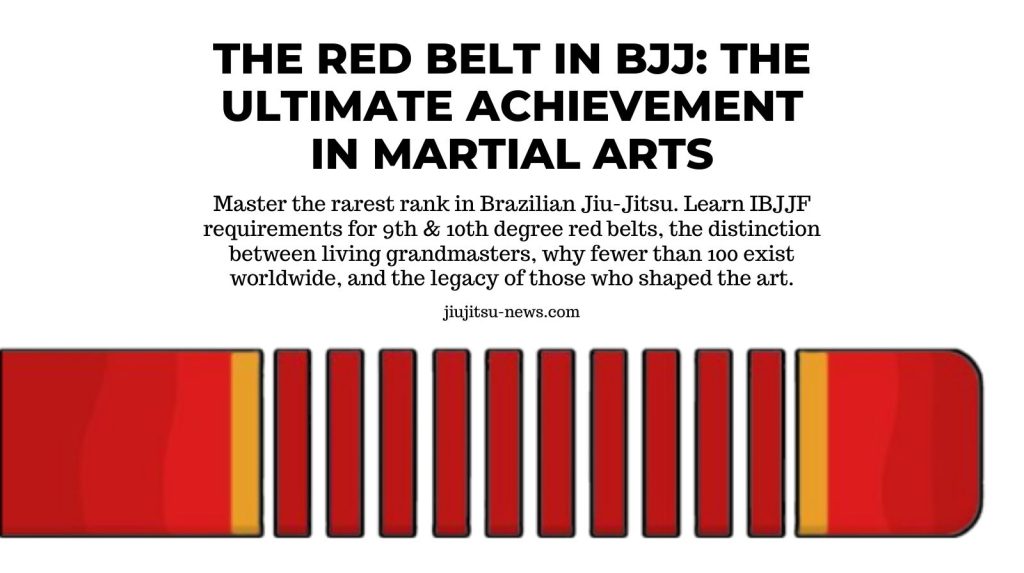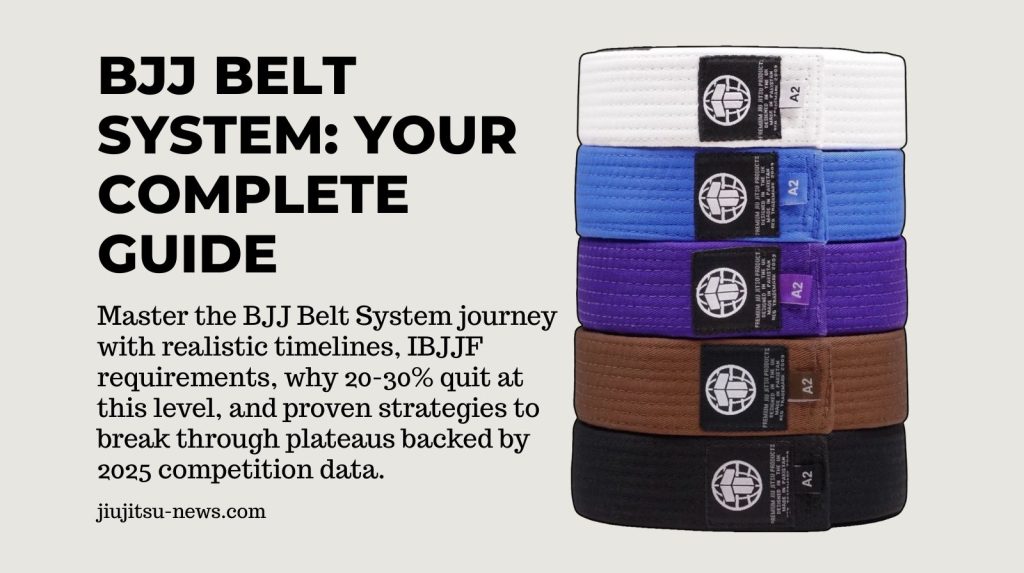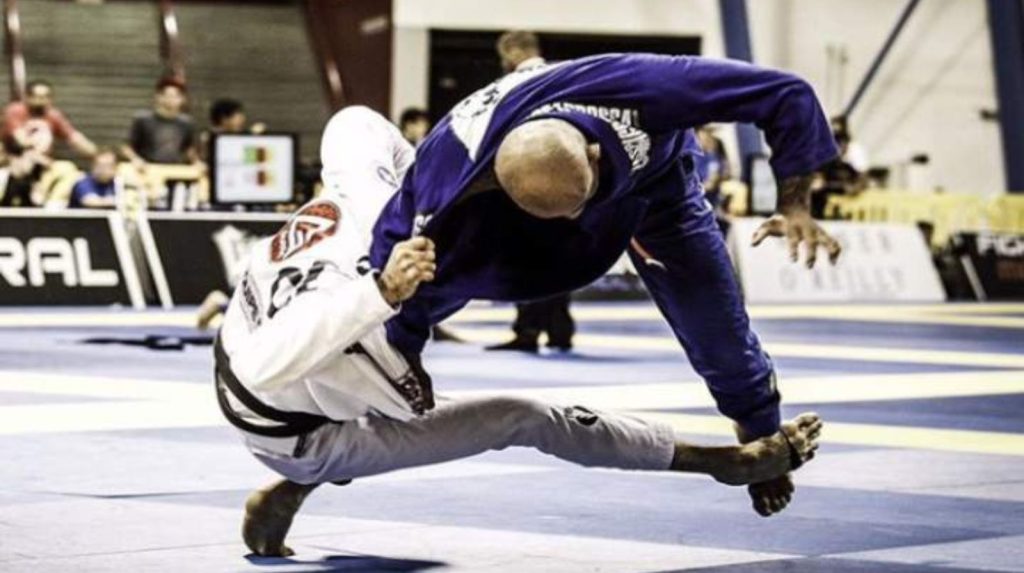For a long time, I treated the closed guard like a waiting room. I’d hold my opponent, stall, and hope for an opening.
Big mistake!
But once I learned how to chain submissions together, everything changed. Suddenly, I wasn’t just holding my opponent—I was hunting.

Here are the top submissions that made my closed guard a nightmare for my training partners.
1. The Cross Choke—Sneaky and Brutal!

At first, I thought this was a basic submission—until I saw how Roger Gracie used it to dominate high-level black belts.
The trick? Deep grips and patience.
🔹 I start with one hand deep in the collar—fingers curled behind the gi like a hook.
🔹 My second hand follows underneath, palm-up, cutting off the other side of the neck.
🔹 I pull with my arms, squeeze with my elbows, and… lights out!
Best part? Even if they defend, they give me openings for sweeps and armbars.
2. The Kimura—Once I Grab the Wrist, It’s Over!

The kimura used to frustrate me — I’d grab the wrist, but my opponent would rip out every time.
Then I learned the real secret: break their posture first!
🔹 I control the arm and force them to post their hand on the mat.
🔹 Once I lock the figure-four grip, I angle my body for maximum leverage.
🔹 If they don’t tap? I sweep them straight into a dominant position and finish from the top.
Now, every time I get that wrist grip, I know I’m about to cook.
3. The Guillotine—The Headlock That Ends Fights!

There’s a reason the guillotine is a favorite in MMA and BJJ—it’s fast, effective, and doesn’t rely on the gi.
The problem? A bad guillotine is just a bad headlock.
Here’s how I tightened mine up:
🔹 I don’t just pull—I lift my hips and crunch forward to cut off the air.
🔹 I use a high-elbow grip (Marcelo Garcia style) to keep it tight.
🔹 If they defend? I switch to a sweep or mount.
Now, when I wrap the neck, I don’t just control—I finish.
4. The Armbar—My “Break Glass in Case of Emergency” Move!

If all else fails, the armbar is always there.
The biggest mistake I made early on? Telegraphing it.
Now, I set it up off my other attacks so they never see it coming.
🔹 Cross choke attempt? Boom, armbar.
🔹 Failed Kimura? Straight to armbar.
🔹 Opponent trying to stand? Swing into the armbar.
My armbar success rate skyrocketed once I began to view submissions as a chain, rather than a one-time event.
5. The Triangle Choke—When They Least Expect It!

The triangle used to feel complicated—until I focused on one simple detail: controlling their posture.
🔹 I break their posture down, controlling one arm and the head.
🔹 As soon as they try to pull back, I shoot my legs up!
🔹 I adjust my angle, lock the figure-four, and squeeze.
Game over.
Now, whenever someone reaches too far inside my guard, I’m already setting up the triangle.
Lesson Learned: Closed Guard Is an Attack Position!
I used to hold and hope.
Now, I attack non-stop until something sticks.
If one submission doesn’t work? I transition to the next.
If they defend? I use their reaction against them.
I stopped treating closed guard like a stalling position and started treating it like a weapon.
Want a more dangerous closed guard? Do this!
✅ Threaten nonstop! If they’re defending, they’re not attacking.
✅ Link your submissions! One failed attack leads to another.
✅ Control their posture! A strong posture = an impossible submission.
Are you ready to explore the depths of MMA and Jiu-Jitsu? Get insider stories, fight breakdowns, and mindset gems delivered straight to your inbox. Subscribe Now!
◣ Read Next: ◥






